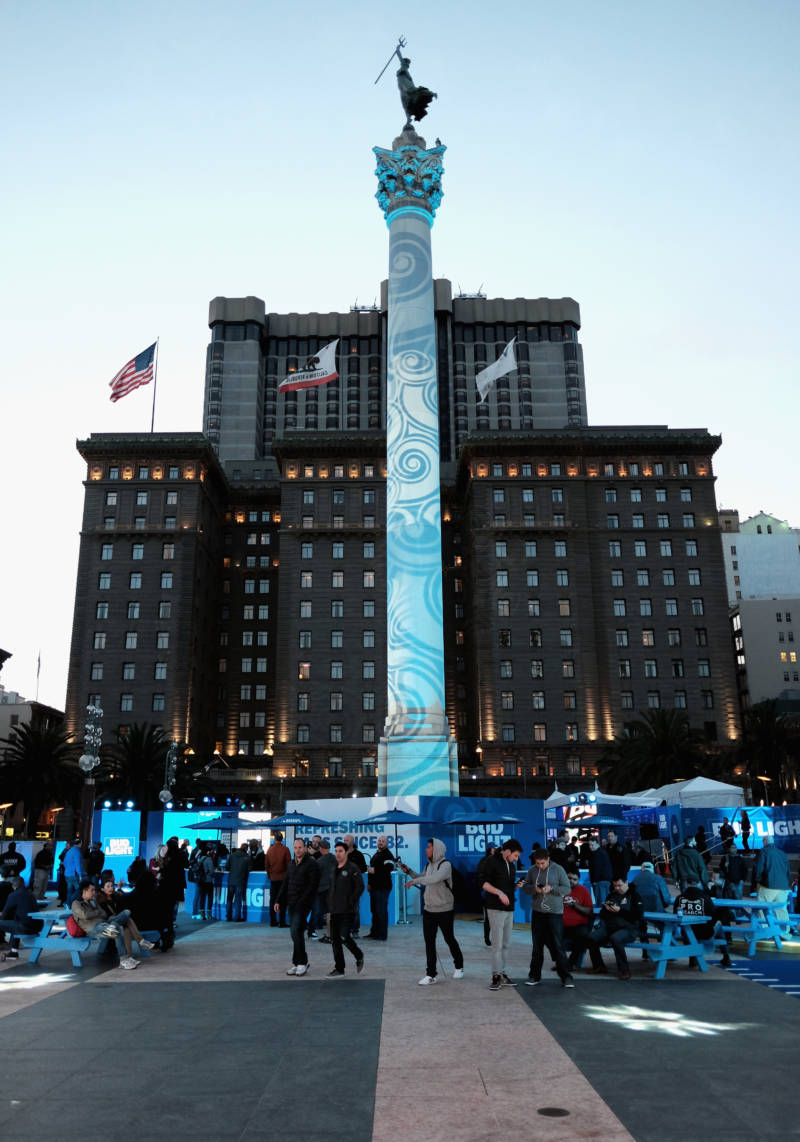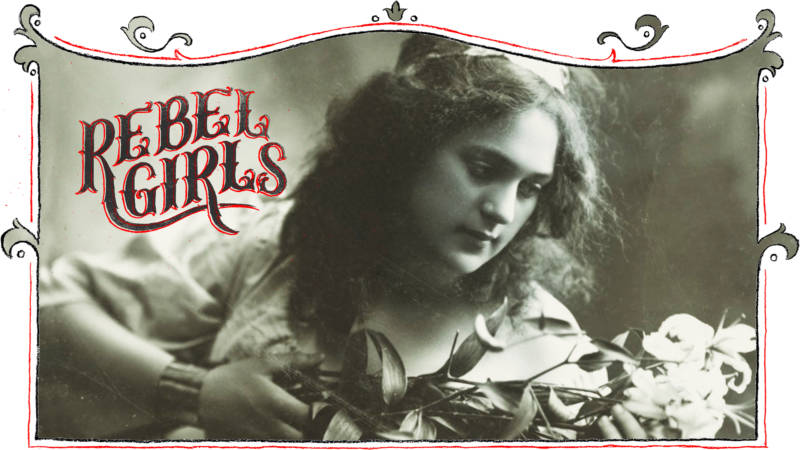If you live or work in San Francisco, chances are you already know a little about what Alma de Bretteville Spreckels looked like. That's because the Dewey Monument in the center of Union Square is topped with a statue that, while supposed to represent the Goddess of Victory, was actually modeled after Alma. Sculptor Robert Ingersoll Aitken hired the 6ft tall beauty, nicknamed "Big Alma", to be his model in 1901—and it was a job that would utterly transform her life.
Alma was born in 1881 to Danish immigrant parents with family ties to France. They raised her in San Francisco's Sunset District, back when it was still known as the "Outside Lands"—a name born from its rugged, sand dune-dominated landscape and sparse population. Early on, Alma acquired a solid work ethic, having watched her mother run three family businesses (a bakery, laundry service and massage parlor) out of their modest home. Alma dropped out of school at 14 to become a stenographer, but she knew early on that her true passions lay with the arts.

After taking some classes at the Mark Hopkins Institute of Art (today's San Francisco Art Institute), Big Alma found herself—thanks to her imposing presence and statuesque figure—inundated with requests to pose for artists. Her willingness to pose nude made her popular, financially comfortable, and totally infamous. That infamy was exacerbated by the fact that she had once sued a boyfriend for "personal defloweration," after he went back on his promise to marry her. (She won $1,250—about $30,000 in today's money.)
Being hired to model for the Dewey Monument wasn't just monumental because it would display Alma's likeness in the heart of San Francisco forever—even Theodore Roosevelt traveled from Washington D.C. for the unveiling in 1903—but it was also how she met her husband. Adolph Spreckels, son of sugar refinery entrepreneur, Claus Spreckels, and heir to a sizeable fortune, was on the Citizen's Committee responsible for funding the construction of the Dewey Monument. The moment he saw the Alma in real life, he was smitten.
Despite a 24-year age gap, Adolph and Alma were an excellent match. He was even more infamous than her when they met, having twice shot a journalist at the San Francisco Chronicle in 1884, infuriated that the writer had accused his family of monopolizing the sugar trade. Adolph only stopped shooting when another Chronicle employee shot him in the arm. Remarkably, Adolph was somehow found not guilty of attempted murder at the subsequent trial, even though his actions seemed premeditated.





